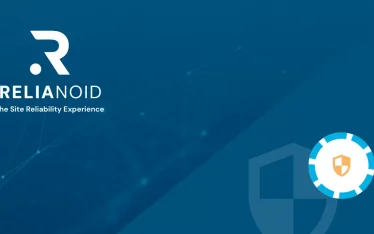Asia Reaches 50% IPv6 Capability, Surpassing Global User Milestone
China and India drive a transformative shift in the region’s internet evolution
Asia has officially reached a milestone in internet modernization: 50 percent of its networks are now IPv6-capable. The data, released this week by the Asia Pacific Network Information Centre (APNIC), highlights the growing momentum behind next-generation networking in the world’s most populous and digitally dynamic region.
The milestone reflects not just infrastructure readiness, but also a sharp increase in IPv6 usage across mobile and broadband networks. While IPv6-capable doesn’t mean IPv6-exclusive, it does mean that half of the systems tested in APNIC’s 56-country territory can reach websites and services over IPv6 if available.
India and China: Titans of IPv6 traffic
Much of Asia’s leap forward can be attributed to India and China, where government policies and infrastructure investments have aligned to push IPv6 adoption at scale. India now boasts over 600 million IPv6 users — the most in the world — with a capability rate exceeding 75 percent. China follows closely with more than 800 million users and accelerating rollout across urban centers.
Experts point out that both countries had limited access to IPv4 addresses during the early years of the internet. “They had to innovate and leapfrog — IPv6 was the only viable long-term strategy,” said a senior analyst at the Internet Governance Forum.
APNIC’s top performers by numbers
| Country |
IPv6 Capability (%) |
IPv6 Users |
| India |
78.1 |
600,671,221 |
| China |
45.3 |
810,519,875 |
| Vietnam |
60.2 |
54,269,706 |
| Japan |
58.2 |
109,438,612 |
| Thailand |
50.6 |
45,014,196 |
| Philippines |
17.7 |
79,160,582 |
| South Korea |
23.8 |
51,142,259 |
| Indonesia |
14.9 |
115,444,083 |
| Pakistan |
20.6 |
40,485,679 |
APNIC’s data paints a complex but promising picture: while capability rates vary widely, the sheer volume of users in Asia now represents over 60 percent of all IPv6 users worldwide.
Where does the rest of the world stand?
North America — served by ARIN — remains the most IPv6-capable region at 52 percent, but lags in user volume, contributing less than 10 percent of global IPv6 users. Europe and the Middle East (under RIPE NCC) average 28 percent capability and represent 16 percent of users.
Latin America, covered by LACNIC, sits at 39 percent capability with just over 10 percent of users. Africa, however, trails significantly, with only 4 percent of hosts IPv6-capable and less than 1 percent of global users — a gap that analysts say will require dedicated investment and policy reform to close.
Is IPv6 the future — or just a parallel path?
Despite the milestone, not everyone agrees that IPv6 is the internet’s inevitable future. APNIC’s chief scientist Geoff Huston has previously argued that aggressive use of IPv4 network address translation (NAT) can still sustain global demand, albeit imperfectly. And with CDNs and DNS increasingly handling identity and routing, the visibility of IP addresses — v4 or v6 — is becoming less critical for many services.
Still, APNIC Director General Jia Rong Low remains optimistic. “The global internet is expected to remain dual-stack for some time,” he wrote. “But capital investment, mobile broadband growth, and 5G/6G rollout will continue to push IPv6 capability forward — especially in Asia.”
With an address space of 340 undecillion, IPv6 offers the scale needed for the future of IoT, connected infrastructure, and billions more devices. If the rest of the world follows Asia’s lead, the long-awaited shift could finally reach global critical mass.
At RELIANOID, we’re experts in IPv6-ready infrastructure and proxies. If your company is transitioning, we’re here to help.





